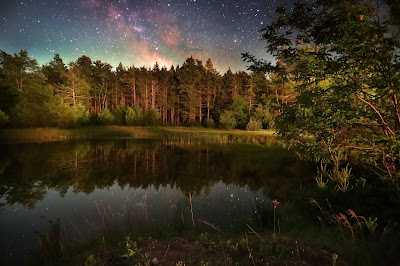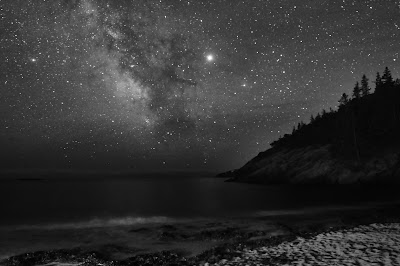Continue previous posts about my trip to Joshua Tree National Park.
Canon EOS Ra, EF16-35mm f/2.8L II USM Lens, f/2.8, ISO 25600, 3 sec, Panorama
 |
| Three Sisters and Milky Way Joshua Tree National Park |
The park is located far from any major cities, which means that the night sky is incredibly dark and clear. On a clear night, visitors can see up to 15,000 stars, as well as the Milky Way and other celestial objects. The park even offers astronomy programs and events throughout the year.
Canon EOS Ra, EF16-35mm f/2.8L II USM Lens, f/2.8, ISO 25600, 3 sec, Panorama
 |
| Milky Way Joshua Tree National Park |
Joshua Tree National Park is a popular destination for outdoor enthusiasts, nature lovers, and photographers alike. One of the most unique and rewarding photography experiences in the park is astrophotography. With its clear skies and minimal light pollution, Joshua Tree is the perfect place to capture stunning images of the night sky.
Canon EOS Ra, EF16-35mm f/2.8L II USM Lens, f/2.8, ISO 25600, 3 sec
 |
| Night Landscape Joshua Tree National Park |
Canon EOS Ra, EF16-35mm f/2.8L II USM Lens, f/2.8, ISO 25600, 3 sec
 |
| Night Sky Joshua Tree National Park |
 |
| Joshua Tree and Milky Way |
The Joshua tree is a member of the Agave family and is a type of yucca plant. It has a distinctive, spiky appearance, with thick, twisting branches that reach upwards of 40 feet tall. The tree's trunk is usually short and thick, and it has green, sword-shaped leaves that grow in clusters at the ends of its branches.
 |
| Sky and Earth Joshua Tree National Park |

















































